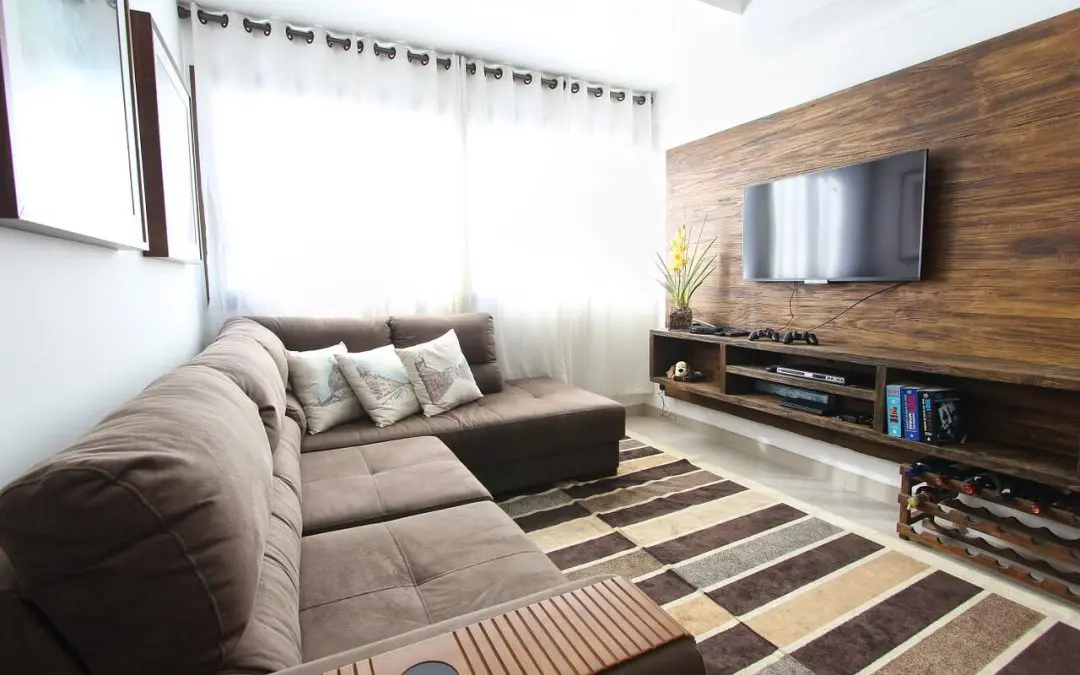Choosing the right furniture for your living room is exciting but might be overwhelming. A well-furnished living room reflects your style and is a comfortable gathering place for family and friends. Here are some things to consider when choosing living room furniture.
Understand Your Space
Measure the length and width of your living room, noting the placement of windows, doors, and architectural features like fireplaces. This will help you determine the appropriate size and arrangement of furniture pieces. Use online tools to create a floor plan to visualize different layouts.
Define Your Style
Your living room furniture should reflect your taste and complement the overall style of your home. Whether you prefer a modern, minimalist look or a cozy, traditional feel, having a clear vision of your desired style will make the selection process easier. Check magazines, websites, and social media platforms to gather inspiration and identify the elements you love.
Prioritize Comfort and Functionality
Aesthetics are important, but don’t compromise on comfort and functionality. Think about how you use your living room. Are you entertaining guests often? Do you have family movie nights? Choose furniture that meets your needs. For instance, a sectional sofa might be perfect for a large family, while a stylish loveseat is ideal for a smaller space. Look for pieces with high-quality cushioning and durable fabrics that will withstand daily use.
Choosing Living Room Furniture: Select the Right Sofa
The sofa is often the living room’s centerpiece, so choose wisely. Consider the size, shape, and style that best suits your space and needs. If you have a large living room, a sectional or a pair of sofas might create a more balanced look. A sleek, low-profile sofa in a smaller room will make the space more open. Check the frame construction and upholstery material for durability and comfort.
Add Complementary Pieces
Once you’ve selected your sofa, it’s time to add complementary pieces such as chairs, coffee tables, and side tables. Accent chairs provide additional seating and introduce a new color or texture. When choosing a coffee table, ensure it’s proportionate to your sofa and leaves enough space for movement. Side tables should be at a convenient height for placing drinks or décor items.
Consider Storage Solutions
Incorporating storage solutions into your living room furniture helps keep the space organized and clutter-free. Storage ottomans, media consoles, and built-in shelving are good options. These pieces serve practical purposes while contributing to the room’s overall design. Look for multifunctional furniture that offers both storage and style.
Play with Colors and Textures When Choosing Living Room Furniture
The colors and textures of your furniture set the tone of your living room. Neutral tones like beige, gray, and white create a calming and versatile backdrop, allowing you to add colorful accents through pillows, rugs, and artwork. If you’re feeling bold, opt for a statement piece in a vibrant color or an interesting texture to add visual interest.
Lighting and Accessories
The right lighting and accessories will elevate your living room’s ambiance. Combine table lamps, overhead lighting, and floor lamps to create a warm and inviting atmosphere. Accessories like rugs, throw pillows, and artwork should complement your furniture and tie the room together. Don’t be afraid to mix different styles and textures to add depth and personality to your space.
Choosing living room furniture is an opportunity to create a space you’ll enjoy spending time in. Follow these tips and design a living room you and your family will love.
Choosing Living Room Furniture FAQs
What are some eco-friendly furniture options for my living room?
Look for furniture made from sustainable materials like bamboo, reclaimed wood, or recycled metal. Consider second-hand or vintage pieces, which reduce waste and add character to your space. Choose upholstery fabrics that are natural or made from recycled materials.
Should I buy all my living room furniture from one collection?
Not necessarily. While buying from one collection means you’ll get a cohesive look, mixing pieces from different collections creates a more personalized and interesting space. The styles just need to complement each other.
How can I incorporate my existing furniture into a new living room design?
Assess the condition and style of your existing pieces. Incorporate them by updating upholstery, adding new cushions, or repainting. Confirm that they fit the new layout and complement the new pieces you purchase.
JBS Home Inspections provides home inspections to Greater Boston. Contact us to request our services.

